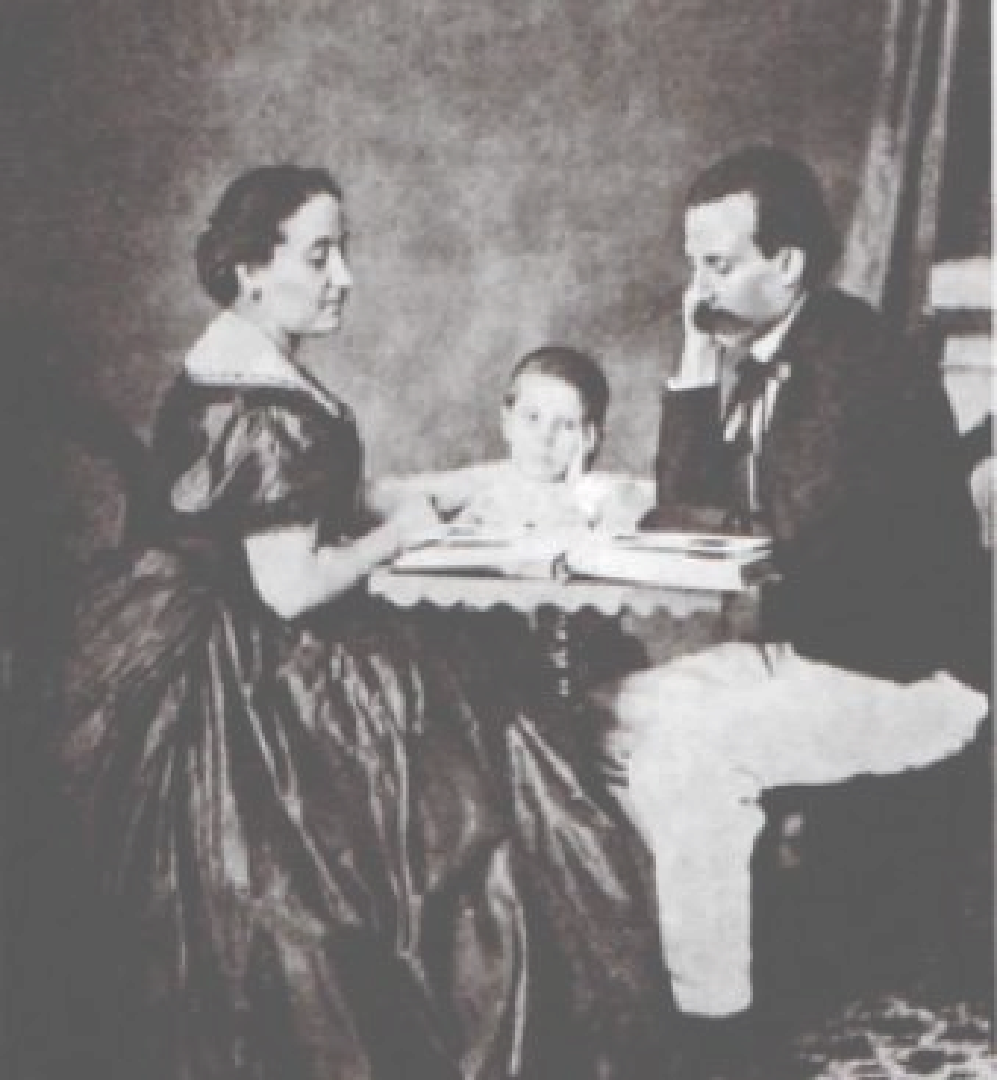
I
A cradle of misfortune
“Childhood is like water that goes down the spout and never comes back up.”
Camilo Castelo Branco
He was born in Lisbon, on March 16th 1825, into a bourgeois family from Trás-os-Montes. He lost his mother when he was two and his father when he was ten. By decision of the Family Council, he and his sister Carolina were sent to the city of Vila Real to be cared for by a paternal aunt, who proved to have little interest in giving the orphans the affection they needed.
In 1839, Carolina married Francisco José de Azevedo, a medical student who lived with a brother, Father António de Azevedo, in Vilarinho de Samardã. The priest affectionately welcomed the teenager; taught him Christian doctrine, Latin and French; and encouraged him to read the masterpieces of classical writers.

Vilarinho de Samardã, a Portuguese parish in the municipality of Vila Real
In 1841, the young man moved to Friúme to take classes from the well-known Latinist Father Manuel Rodrigues (or Manuel da Lixa). He stayed with a cousin, Maria do Loreto.
His brief stay at the Ribeira de Pena banks of the Tâmega River and the experiences he had here left him with deep memories that were mirrored in his future novels.

Residence of Father Manuel da Lixa
A famous Latinist master, with whom Camilo consolidated his knowledge of the Latin language and culture, in order to qualify for the entrance exams to the Medicine course at the Medical-Surgical School of Porto.

Maria Moisés
One of Camilo's best-known novels. Although it was inspired by the life of a lady who lived near the house of São Miguel de Seide, Camilo developed the narrative using the rural customs of Ribeira de Pena and the green landscape cut out by the River Tâmega.
Back to top
